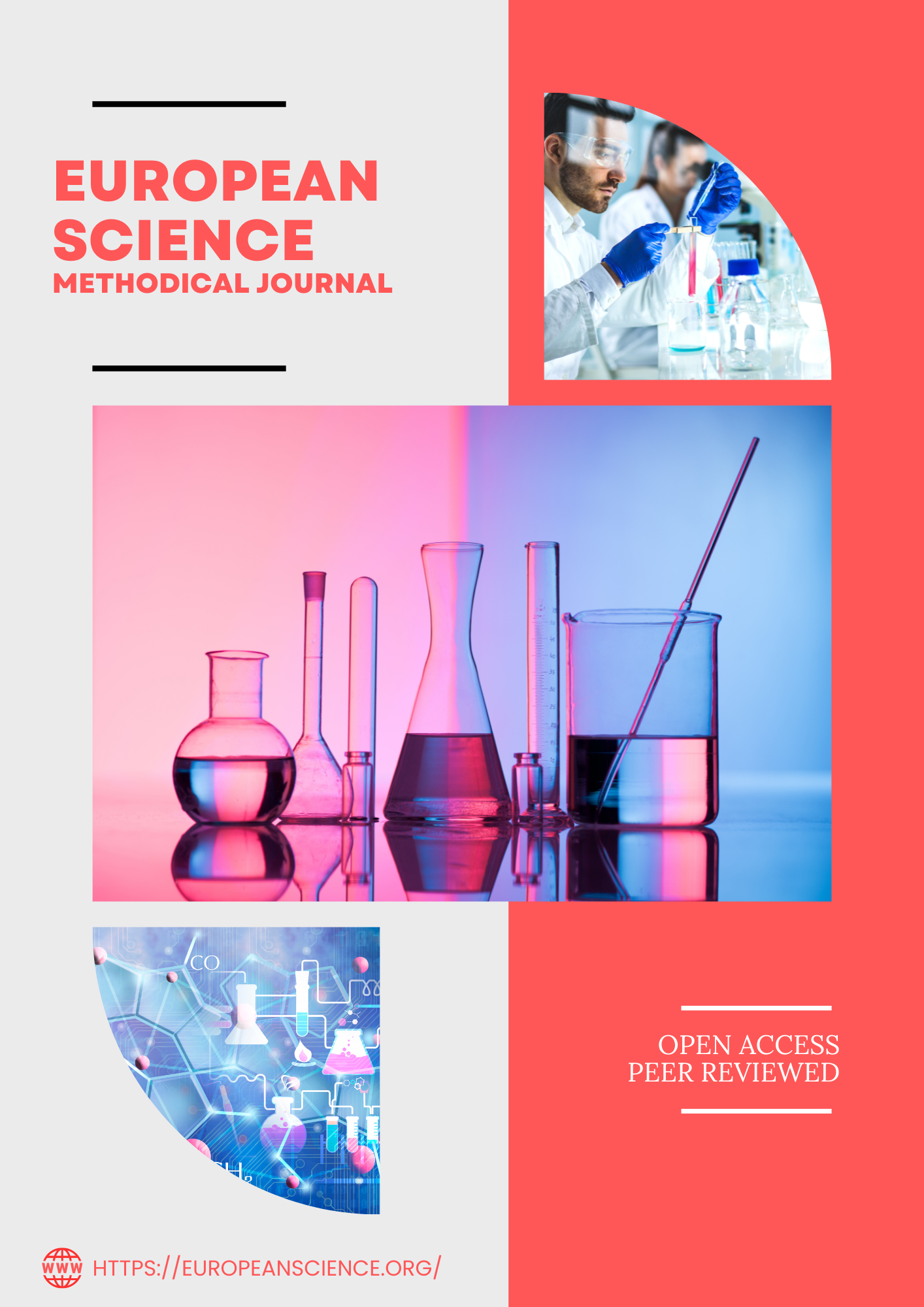INFLUENCE OF MILK AND RAW MILK AS CARRIERS IN DISEASE TRANSMISSION BETWEEN HUMANS AND ANIMALS
Keywords:
Raw Milk, Carriers, Disease Transmission, Humans, AnimalsAbstract
In many parts of the world, especially in underdeveloped and developing countries, the sale of raw milk is common and a large part of society consumes raw milk or its products. Even in developed countries, raw milk is consumed by numerous people even if its sale is prohibited by law. Raw milk is the unpasteurised milk of cows, sheep, goats and other animals. Advocates of raw milk consumption cite high nutritional value, good taste, demand for natural and unprocessed foods and freedom of choice as reasons for raw milk consumption. Milk consumption is thought to be beneficial for health. However, raw milk has long been known to be an important source of pathogens that can cause diseases in humans. For this reason, many public health organisations in different countries worldwide recommend that milk be pasteurised and are against raw milk consumption due to the potential risks of contamination by food pathogens. Pasteurisation is a process wherein raw milk is heated for a short period of time to eliminate the potential pathogens present in milk. Supporters of raw milk claim that milk pasteurisation has numerous adverse effects, most of which have not been proven. Raw or pasteurised milk consumption has been debated for decades. However, the rising demand for raw milk has stoked the raw milk debate. The debate continues to re-examine some of the above issues and explores the potential threats that raw milk consumption poses to consumers. In general, raw milk consumption is a real threat to human health and general risk. Therefore, the authors and other researchers do not recommend raw milk consumption given the risks of contamination by pathogens. Additional scientific studies are needed to evaluate the quality of raw milk and identify the benefits of its consumption as well as its beneficial factors. However, until these studies are conducted, the sure way to prevent diseases associated with raw milk is to avoid consuming raw milk.Downloads
Published
2024-04-06
Issue
Section
Articles
License

This work is licensed under a Creative Commons Attribution-NonCommercial 4.0 International License.
How to Cite
INFLUENCE OF MILK AND RAW MILK AS CARRIERS IN DISEASE TRANSMISSION BETWEEN HUMANS AND ANIMALS. (2024). European Science Methodical Journal, 2(4), 15-35. https://europeanscience.org/index.php/3/article/view/508















